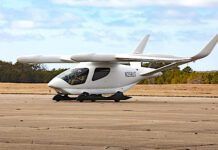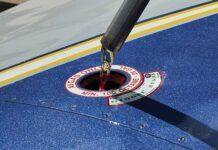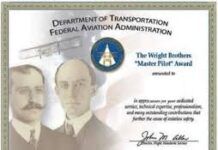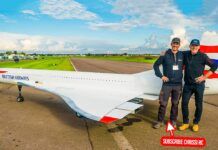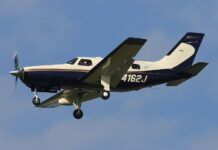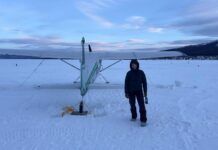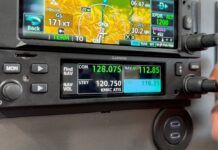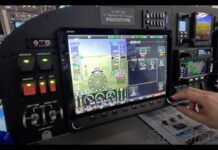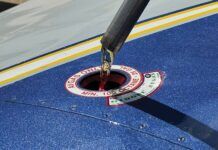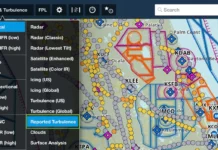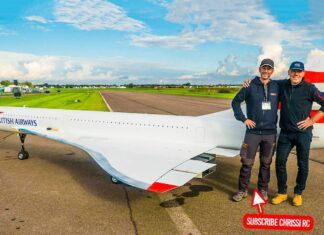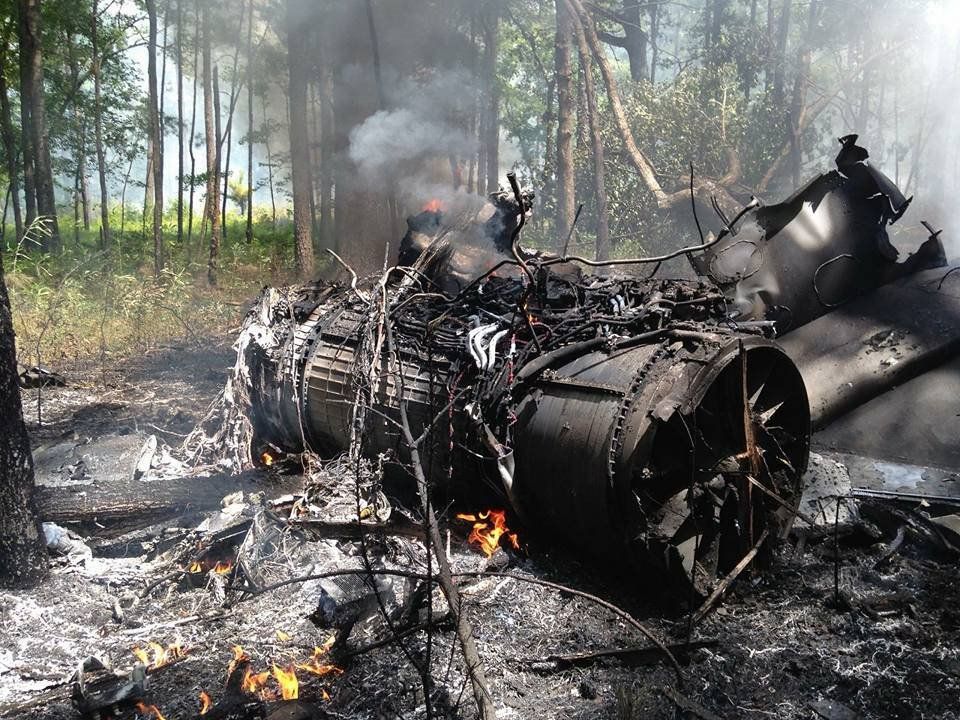
The NTSB’s preliminary report into the July 7 collision between an Air Force F-16 and a Cessna 150 in South Carolina says an air traffic controller was in contact with the fighter right up to the moment of impact and advised the fighter pilot that he expected the Cessna to pass almost directly below the F-16 with only 100 feet of vertical separation. Instead the two aircraft slammed into each other, killing pilot Joseph Johnson and his father Michael aboard the Cessna and scattering debris over a wide area. The F-16 pilot, Maj. Aaron Johnson, ejected three minutes later and wasn’t hurt. According to the report, both the fighter pilot and controller were aware of the potential conflict with the Cessna and trying to resolve it but the two targets moved inexorably on a collision course in the 30 seconds or so in which the situation unfolded.
“At 1100:49, the radar target of the F-16 was located 1/2 nautical mile northeast of the Cessna, at an indicated altitude of 1,500 feet, and was on an approximate track of 215 degrees,” the report says. “At that time, the Cessna reported an indicated altitude of 1,400 feet, and was established on an approximate track of 110 degrees. At 1100:52 the controller advised the F-16 pilot, ‘traffic passing below you 1,400 feet.’ At 1100:54, the radar reported altitude of the F-16 remained at 1,500 feet and no valid altitude information was returned for the radar target associated with the Cessna. At that point the targets were laterally separated by about 1,000 feet.” The F-16 had a data recorder in the seat and it’s being analyzed by the NTSB.





